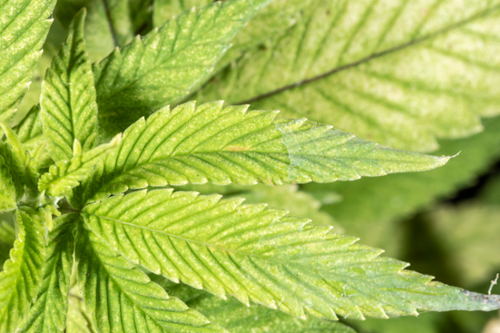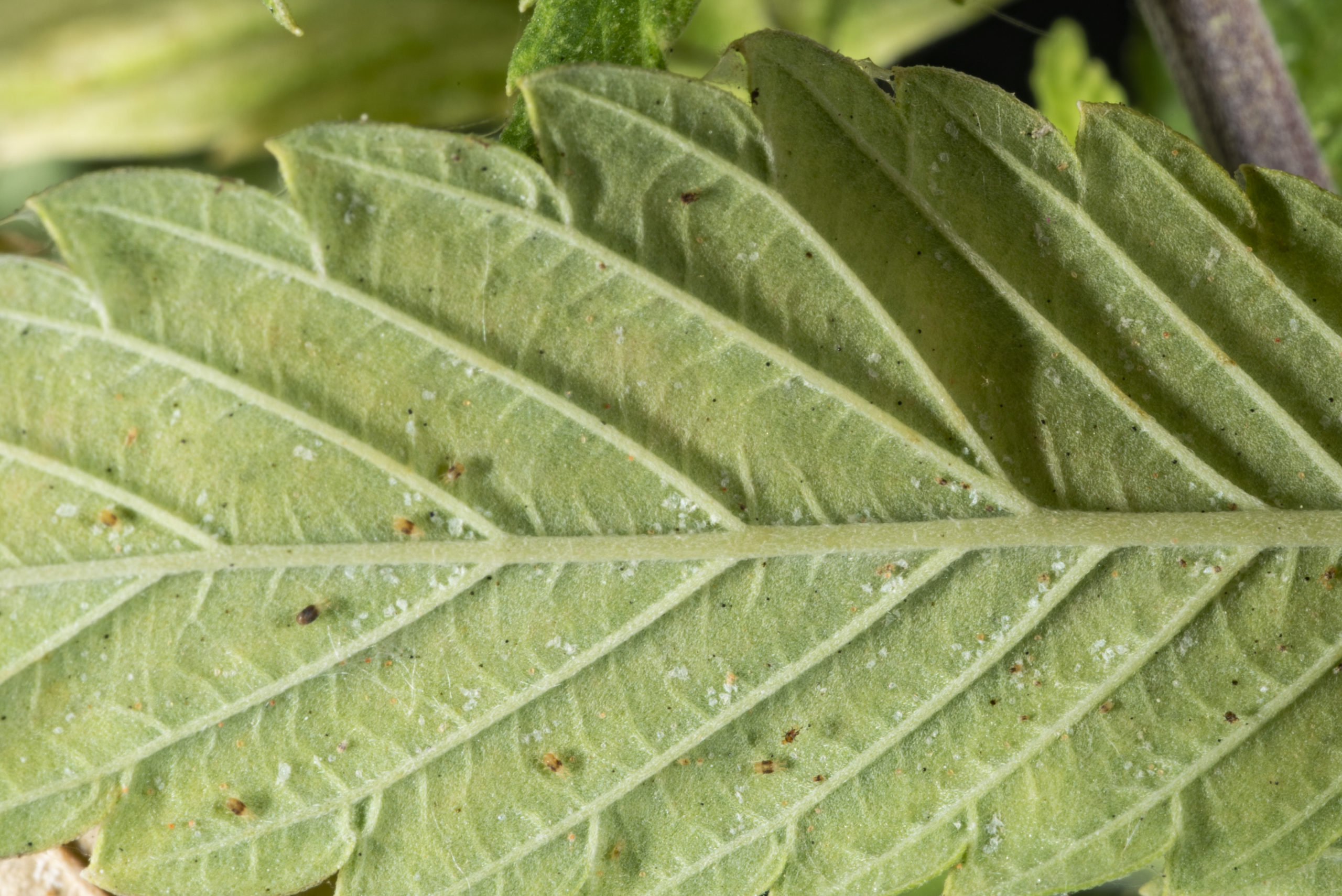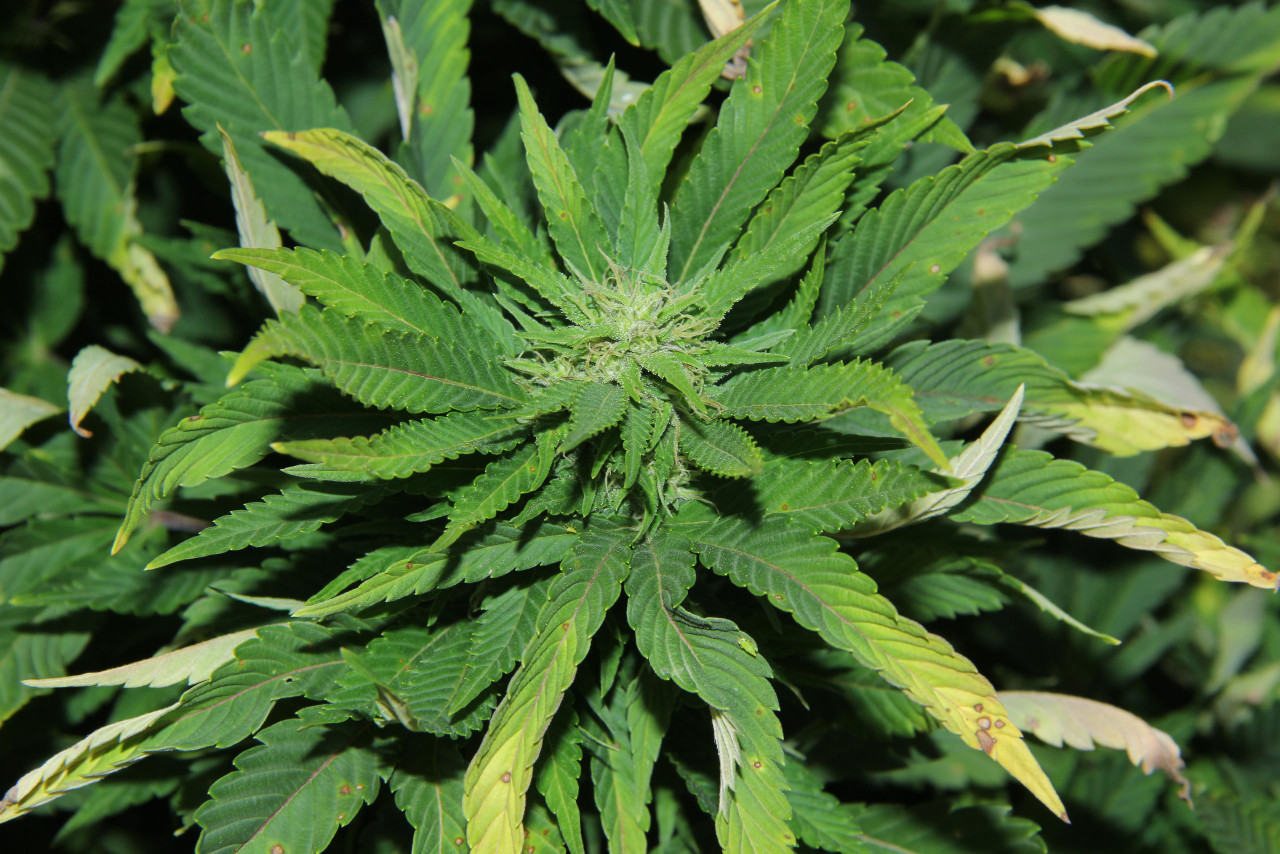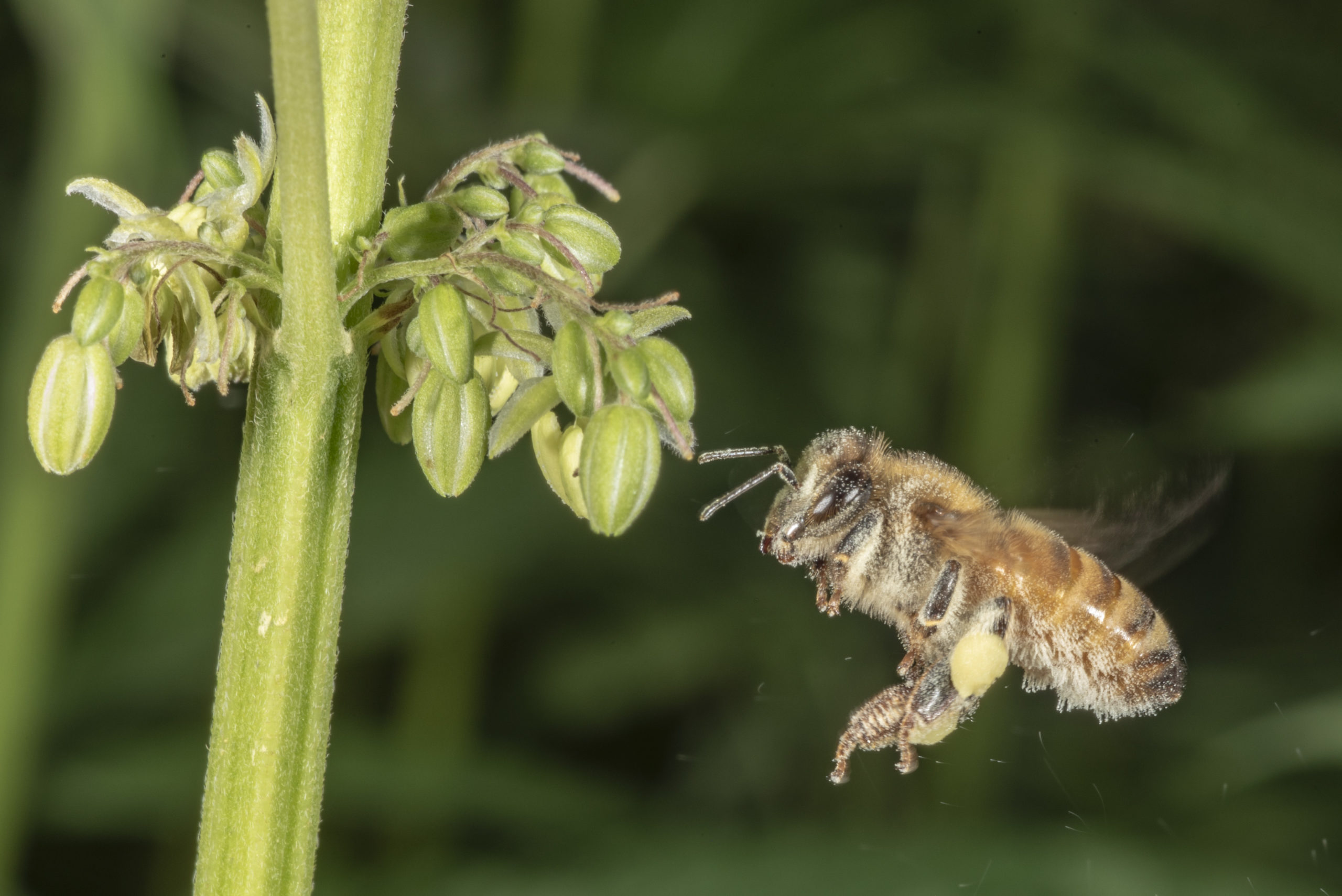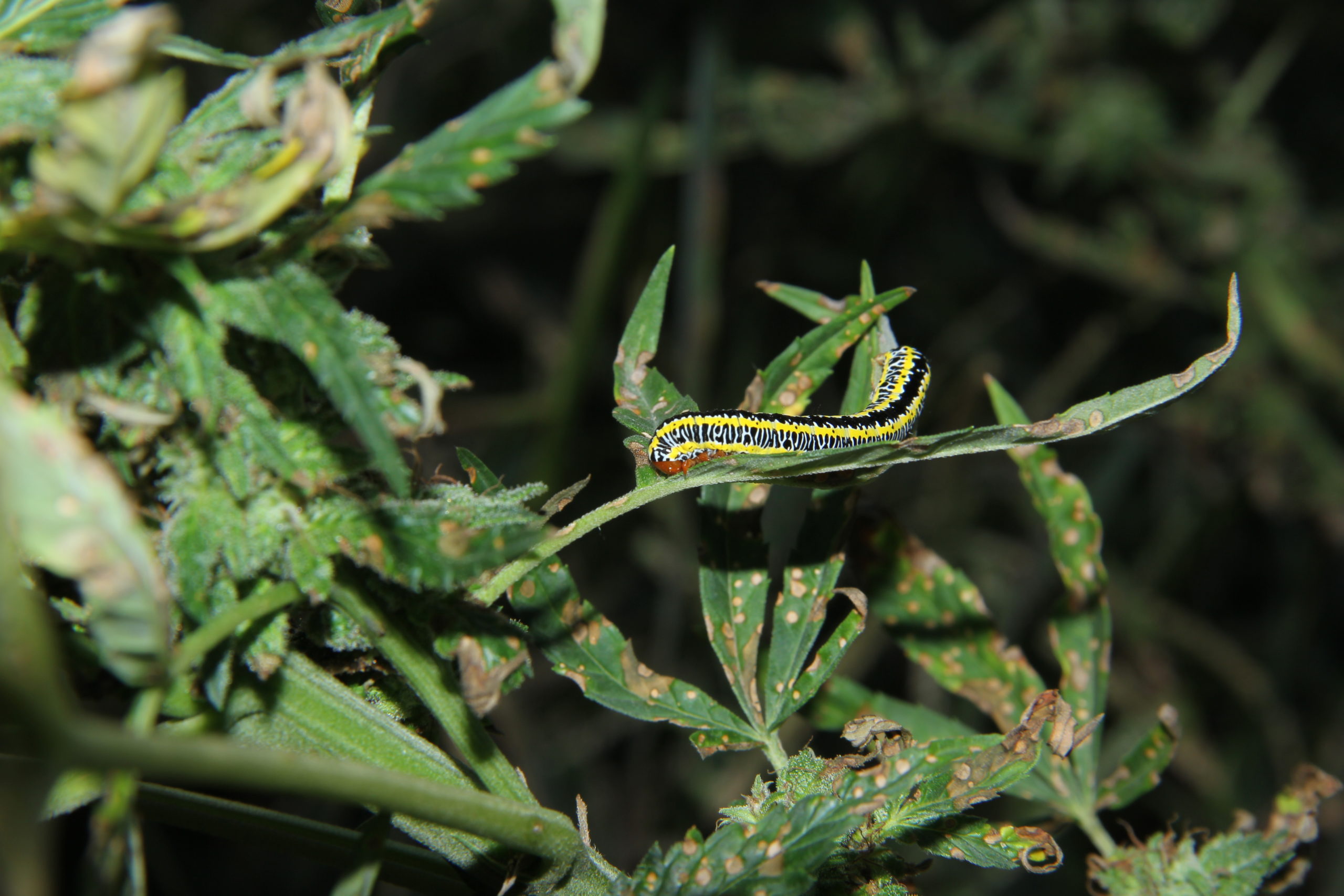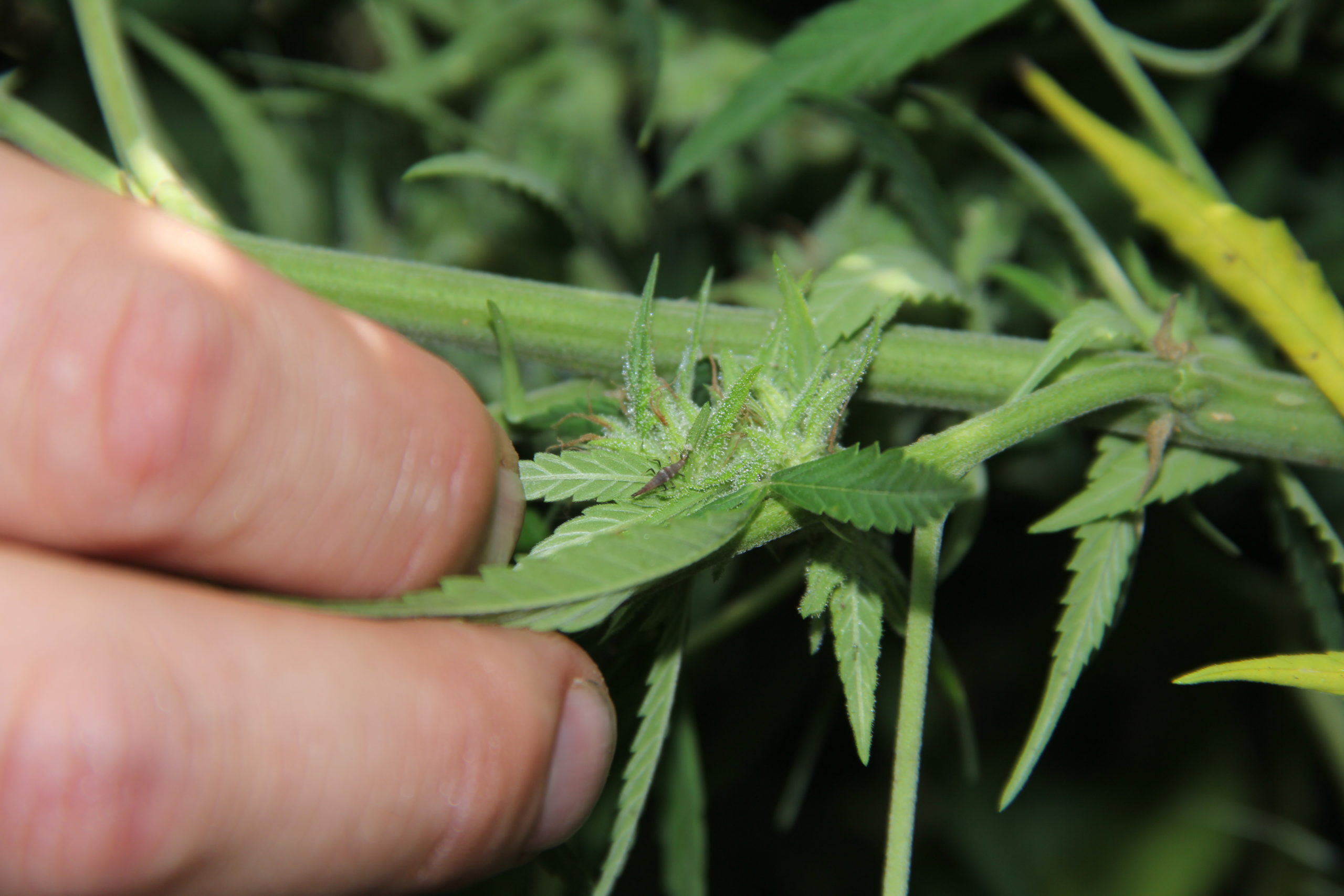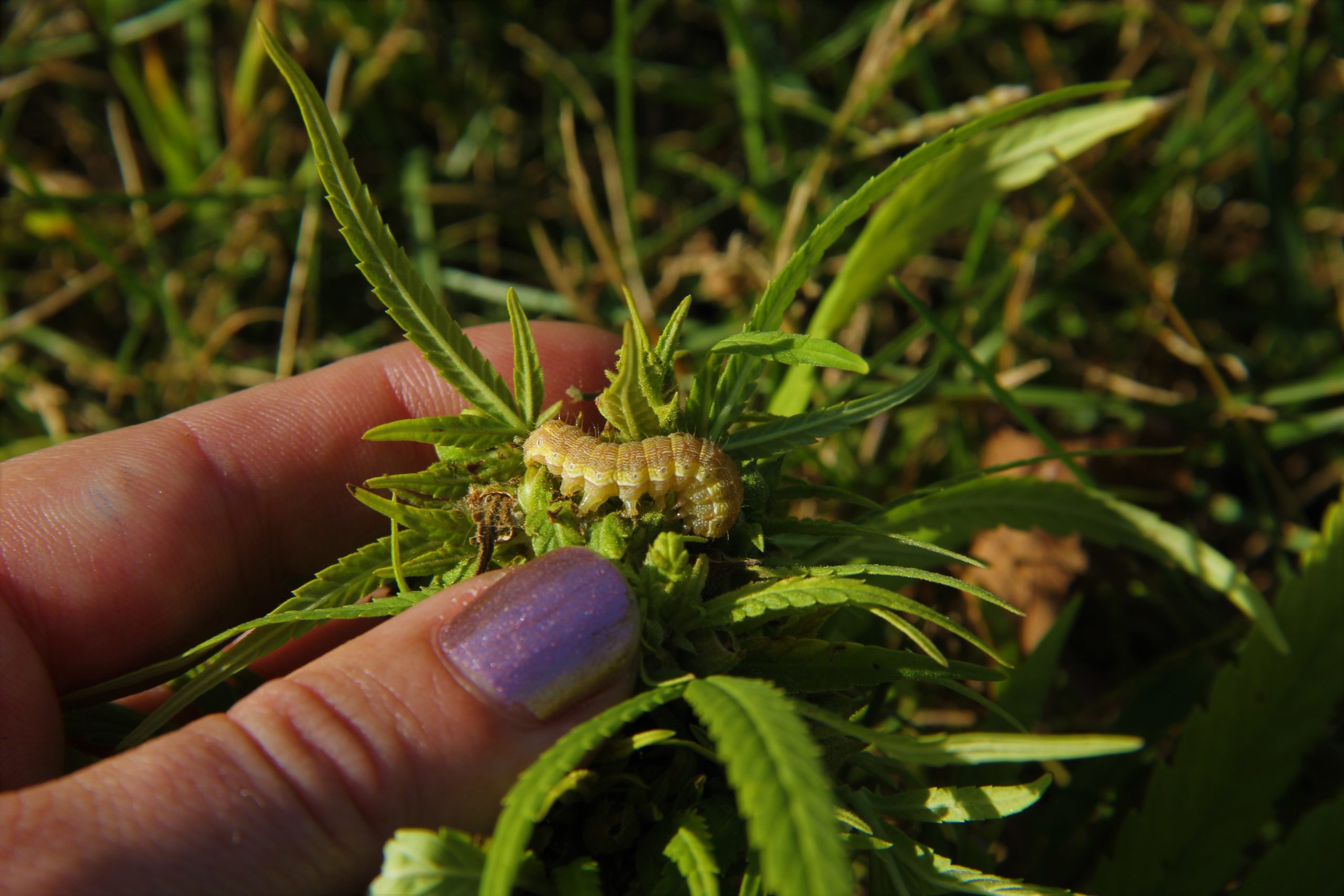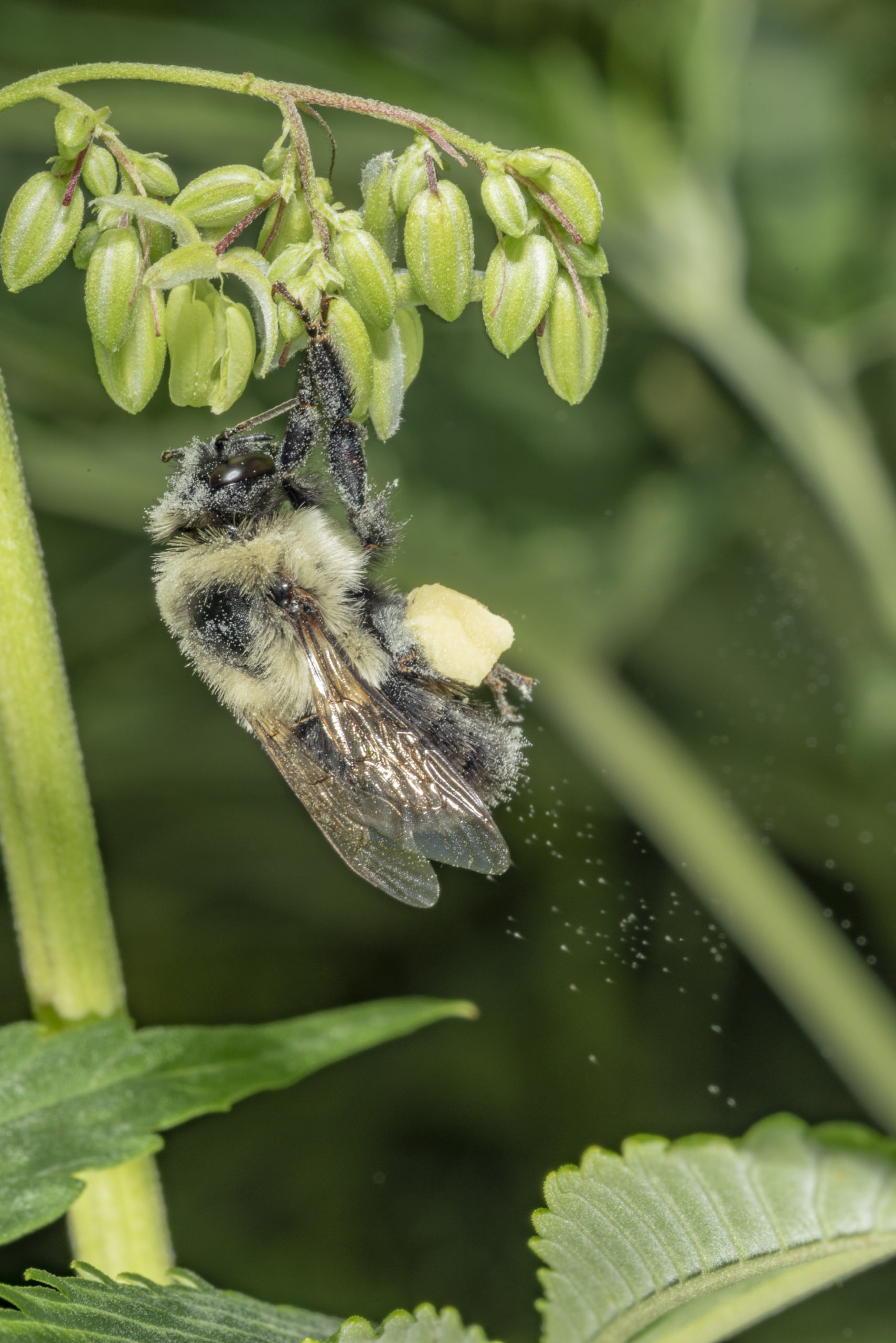insects and mites
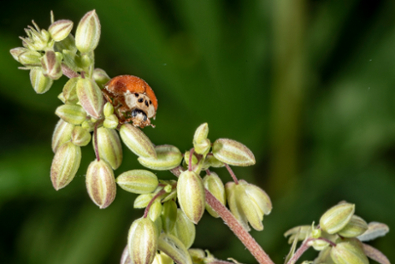 Asian lady beetles are often found in hemp fields. They feed on aphids and other soft-bodied insects.
Asian lady beetles are often found in hemp fields. They feed on aphids and other soft-bodied insects. 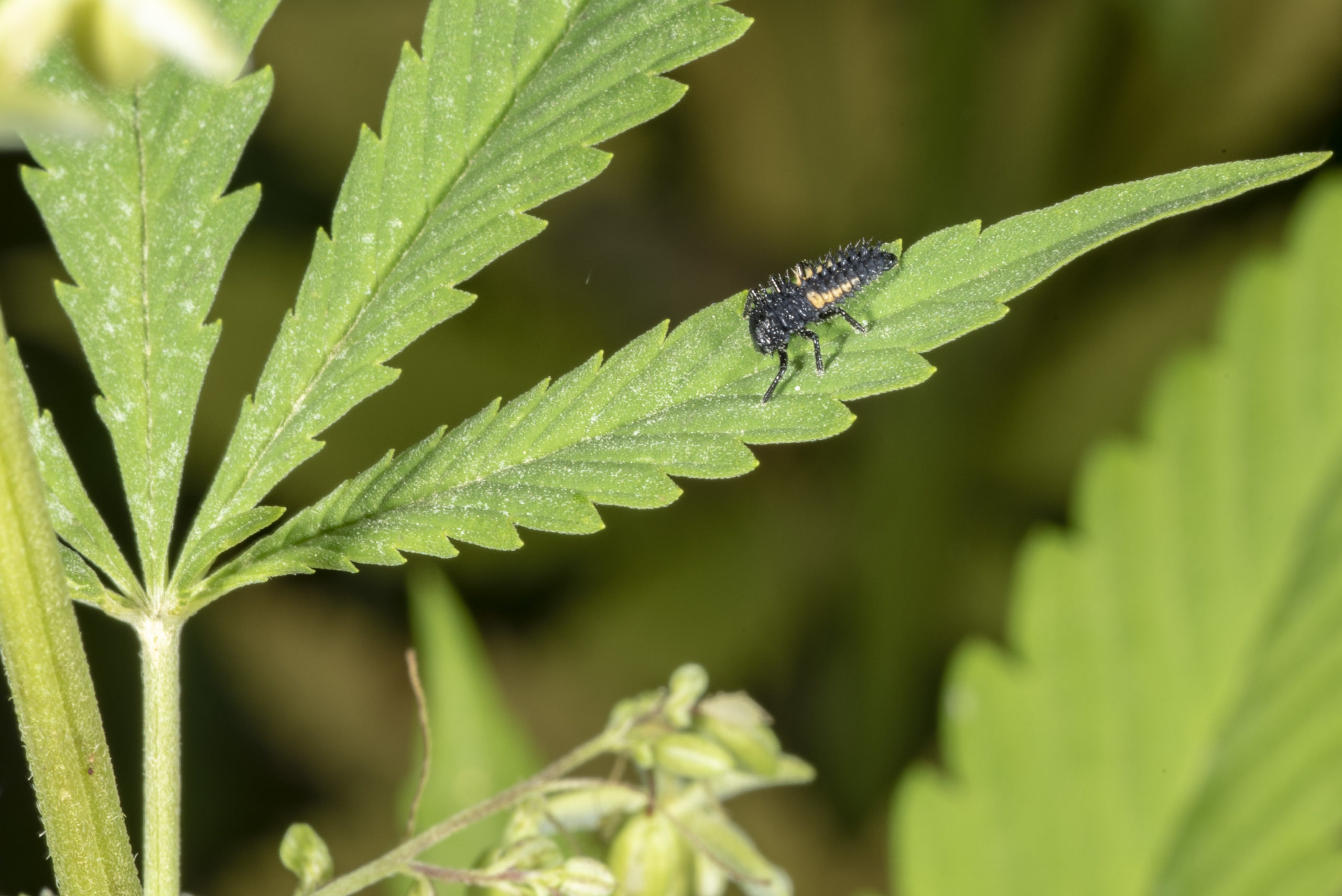 The larva (immature form) of lady beetles are also predators, feeding on aphids and other soft-bodied insects.
The larva (immature form) of lady beetles are also predators, feeding on aphids and other soft-bodied insects. 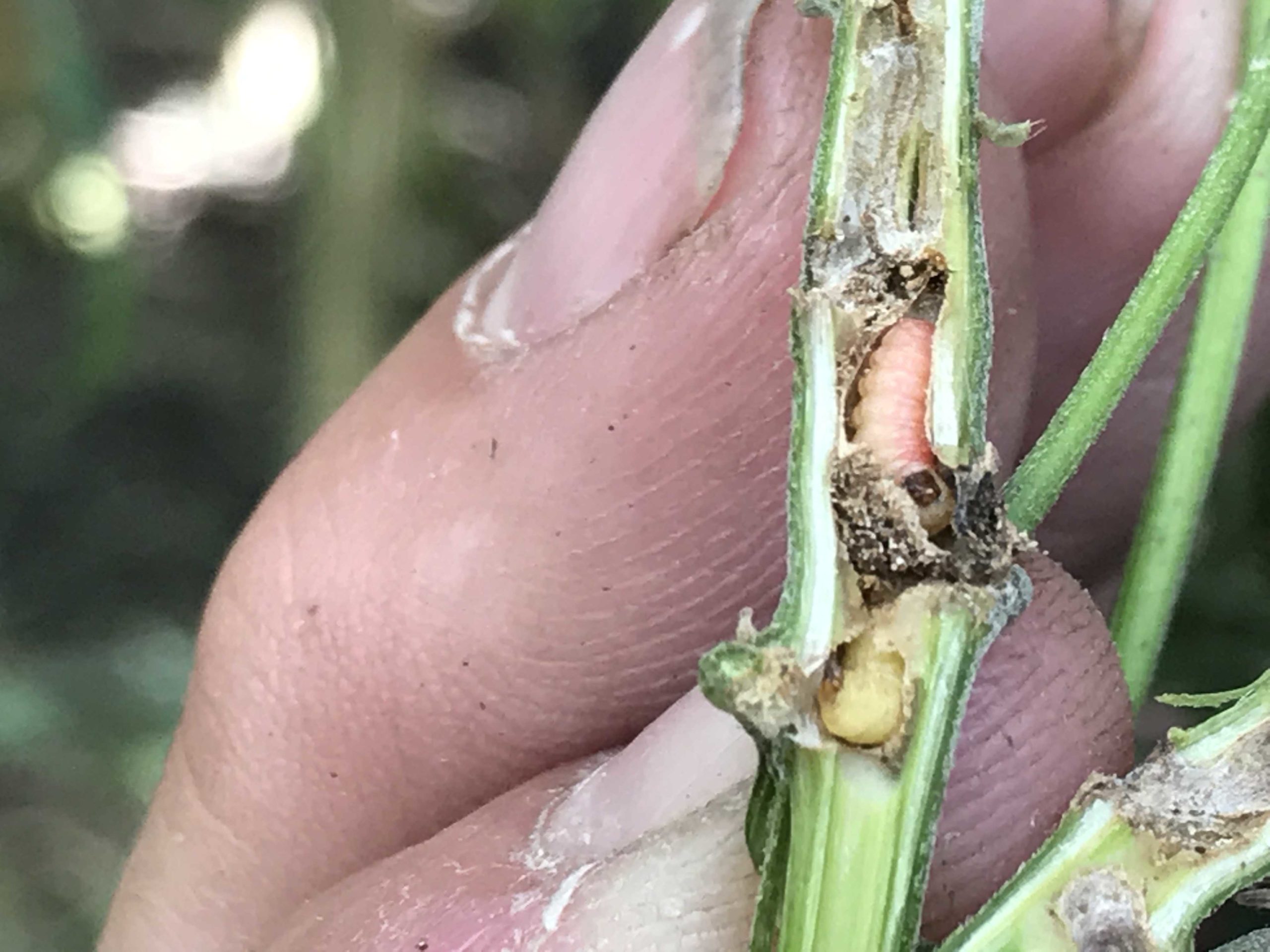 This pest can be observed attacking branches and small-diameter stems. We have observed it in both outdoor cannabinoid hemp and ditchweed/feral hemp. They bore into the stalk, where they remain protected until they pupate and emerge as adults. The larval and pupal life stages are completed within the plant.
This pest can be observed attacking branches and small-diameter stems. We have observed it in both outdoor cannabinoid hemp and ditchweed/feral hemp. They bore into the stalk, where they remain protected until they pupate and emerge as adults. The larval and pupal life stages are completed within the plant. 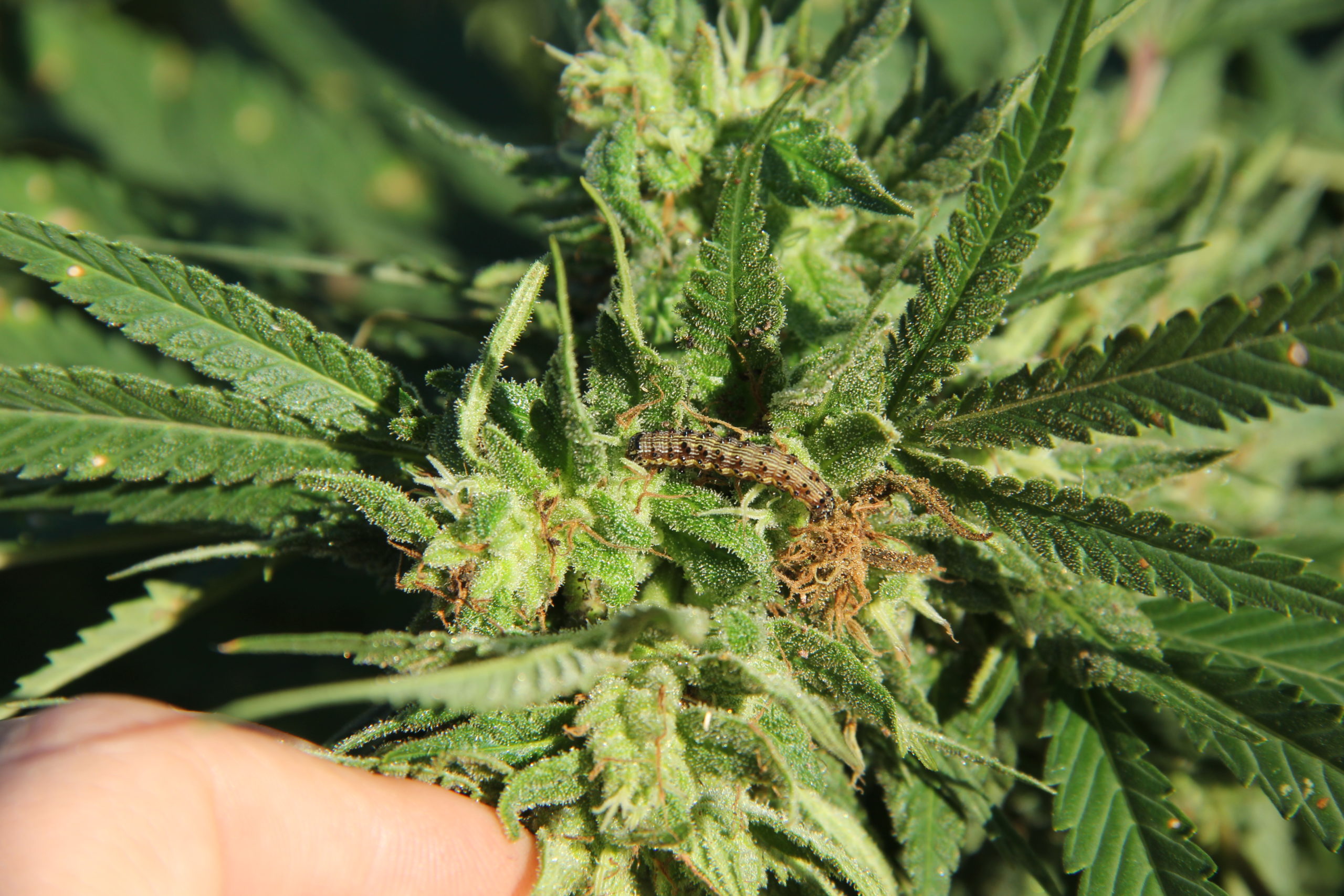 Corn earworm have many host plants, including cannabis. They are found in the bud/flower tissue towards the middle or end of the growing season. Brown, dead plant tissue is often observed before the caterpillar is detected.
Corn earworm have many host plants, including cannabis. They are found in the bud/flower tissue towards the middle or end of the growing season. Brown, dead plant tissue is often observed before the caterpillar is detected. Many different insects can be found in hemp fields, however, not all of them are pests. Within the complex of insects and mites found in hemp, we can find pests, predators, parasitoids, pollinators, and incidental arthropods.
Colorado State University has detailed fact sheets for many pests and natural enemies found in hemp. Some pests that could be a concern for hemp growers will vary depending on the type of hemp produced (fiber, grain, or cannabinoid), the growing environment (indoor or outdoor), and the geographical location of the field(s).
Indoor pests of concern include; cannabis aphids, rice root aphids, thrips, whiteflies, fungus gnats, hemp russet mites, broad mites, and spider mites. Hemp appears to be susceptible to typically greenhouse pests.
Outdoor pests of concern include; flea beetles, corn earworm, cutworms, cannabis aphids, hemp russet mites, spider mites, potato leafhoppers, Eurasian hemp borer, and European corn borer. Some pests are abundant in the field, but the damage is minimal. Just because you see damage does not mean you should immediately spray a pesticide product. In Indiana, we have a list of allowable pesticides that can be found here (PDF). If you see pest damage in your hemp, take clear photos of the pest and the damage, and collect specimens if possible. This will help diagnosticians identify the pest. Some pests may be easy to identify using guides, but a diagnostician or crop consultant may be needed for hard-to-identify pests. Purdue's Plant and Pest Diagnostic Laboratory provides pest identification for a fee and is an option for hemp growers. Many Land-grant universities offer similar services.
There are natural enemies of pests found in hemp fields, which provide pest suppression. When managing pests in hemp, you should also consider natural enemies and pollinators when selecting pesticides. Indoor producers may buy commercially available beneficial insects and mites to release in their system.
Additional Resources
- Management Strategies for Common Arthropod Pests of Greenhouse Hemp
- Integrated Pest Management of Hemp in Virginia
- Insects in Industrial Hemp Production in Michigan
- EPA list of products registered for use in hemp
